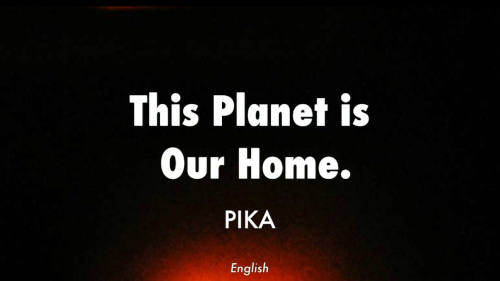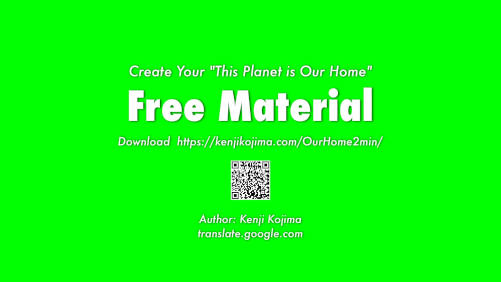Click on the image to select a video.

24 Languages: English, Japanese, Slovak, Chinese, Spanish, Korean, German,
Hindi, French, Thai, Swahili, Italian, Turkish, Greek, Swedish, Ukrainian,
Dutch, Indonesian, Finnish, Vietnamese, Polish, Arabic, Russian and Hebrew.

"Composition FUKUSHIMA 2011" Full Version, 1:01:37
 Series "Copy It, Share It!" is licensed under
Series "Copy It, Share It!" is licensed underCreative Commons Attribution 4.0 International License. Credit must be given to the creator.
 Please Support Kenji Kojima's Artworks.
Please Support Kenji Kojima's Artworks.
日本からのドネーションはここをクリック。 日本から任意の金額のドネーションはできません。
https://kenjikojima.com/
Email: index@kenjikojima.com
Bitwise Splitting and Merging of Pixels / Copy It, Share It! Mickey Mouse "Steamboat Willie"
